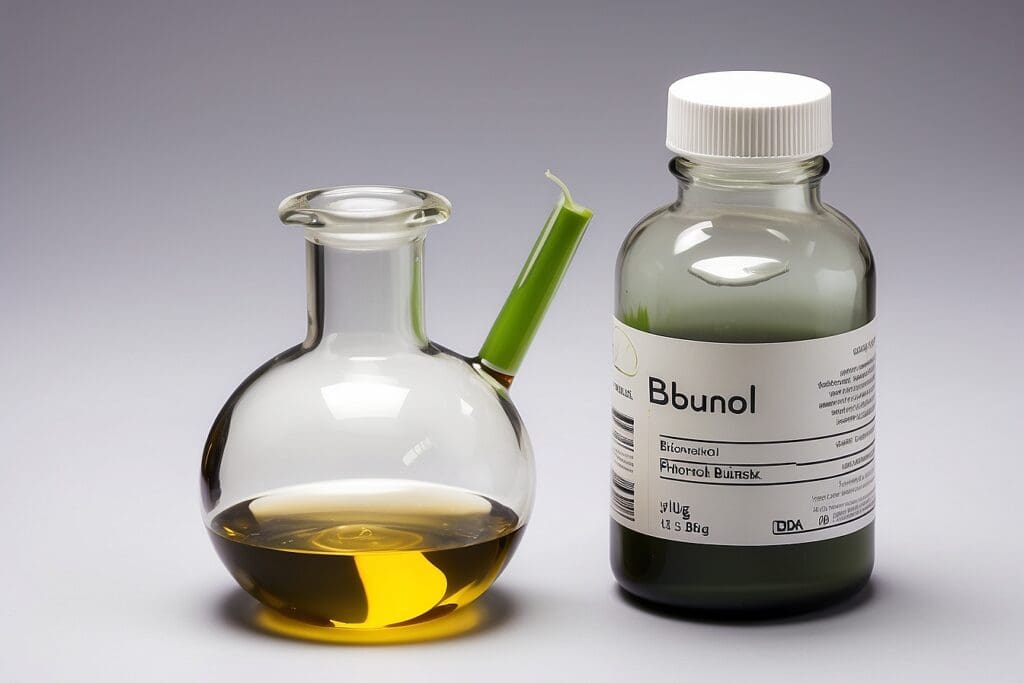Biobutanol—could it be the new Ethanol? First of all, what is Biobutanol? For those of you who remember taking organic chemistry, butanol is a four chain carbon with an alcohol group attached, while ethanol only has two carbons. Biobutanol is simply just butanol that has been produced from biomass materials. Gasoline is a mixture of hydrocarbons, mostly with four to ten carbons per chain,1 so butanol’s structure and properties are more similar to gasoline when compared to ethanol.
 3
3
Biobutanol is arguably the better biogas when compared to ethanol for usage in motor vehicles. Because of its naturally heavier structure and similarity to traditional petroleum based gasoline, biobutanol is more versatile. Unlike ethanol, which needs special piping or mixing with water in order to transport it, biobutanol can be transported through already existing oil and gas lines due to its less corrosive properties. Its chemical composition allows it to be burned as a fuel on its orown or it can also be blended with diesel, ethanol, and/or gasoline.4 Also, due to biobutanol’s similarities to gasoline, cars do not need to be modified in order to use this basic biofuel. Additionally, biobutanol has about a third more energy per gallon than ethanol, which only contains 66% as much energy as gasoline,5 and biobutanol reduces greenhouse gases by 85% when compared to petroleum based gasoline!6
The technology to produce biobutanol has existed since World War I (WWI), but until very recently the costs to create this gas were found to outweigh the benefits.7 Great Britain, in order to make acetone during WWI, had produced biobutanol through the ABE fermentation process named for its production of acetone, biobutanol, and ethanol.8 Production of biobutanol was phased out of industrialized nations because the fermentation process had been more costly than the process of using petroleum. However, in countries such as China and South Africa, biobutanol was produced well into the 1980s.9 Recent interest in the production of biobutanol has again surged due to higher oil prices and sustainability issues.
Many of the same processes to create ethanol are used in the production of biobutanol. Both ethanol and biobutanol are created through a microbial fermentation process using plant sugars such as food grains, corn, wheat, wood pulp, sugar cane, sugar beets, cheese whey—basically any type of compostable biomass that microbes can digest in order to create our desired end product.10 The good news is that due to higher oil prices and sustainability issues, biobutanol has become more economically efficient, and many companies are now deciding to invest in purchases of current ethanol plants to be converted into biobutanol plants.11
The high value of biobutanol is also recognized by large oil companies that are interested in making a profit such as DuPont and BP. Currently, both of these companies are partnering to develop and produce an efficient mixture of biobutanol and ethanol to be used in cars. This past summer in fact, a sports car powered purely on a fuel combination of ethanol and butanol created by Dupont and BP won the Mid-Ohio Sports Car Challenge—being the first racecar to win using biobutanol!12 This spectacular performance proves that biobutanol is perfect for use in cars on the road today, and hopefully regular consumers will be able to benefit from this new fuel shortly.

The Flip Side of Biobutanol: Although biobutanol holds many advantages over ethanol and petroleum based gasoline, it also holds the same core disadvantage as ethanol. Since its production is primarily from foodstock such as corn, there will always be criticism for using food as a fuel source when there are starving people all around the world. Not to mention it raises the price of corn, which has been blamed for rising food costs across the board. Until a non-food crop is found for the production of energy, this will be a major disadvantage for our current biofuel technology. One idea that has been making some headway is using the stalks of plants such as corn that would otherwise be waste, and turning that into energy—cellulose fuel! For more on cellulose fuel: Cellulose Fuel .


